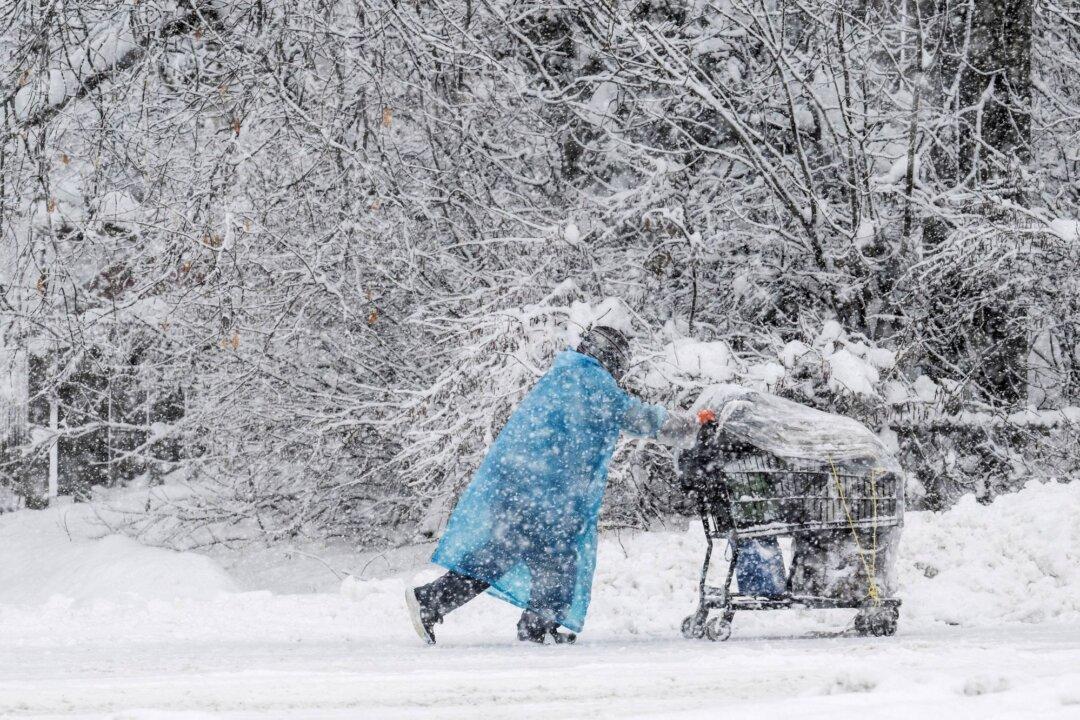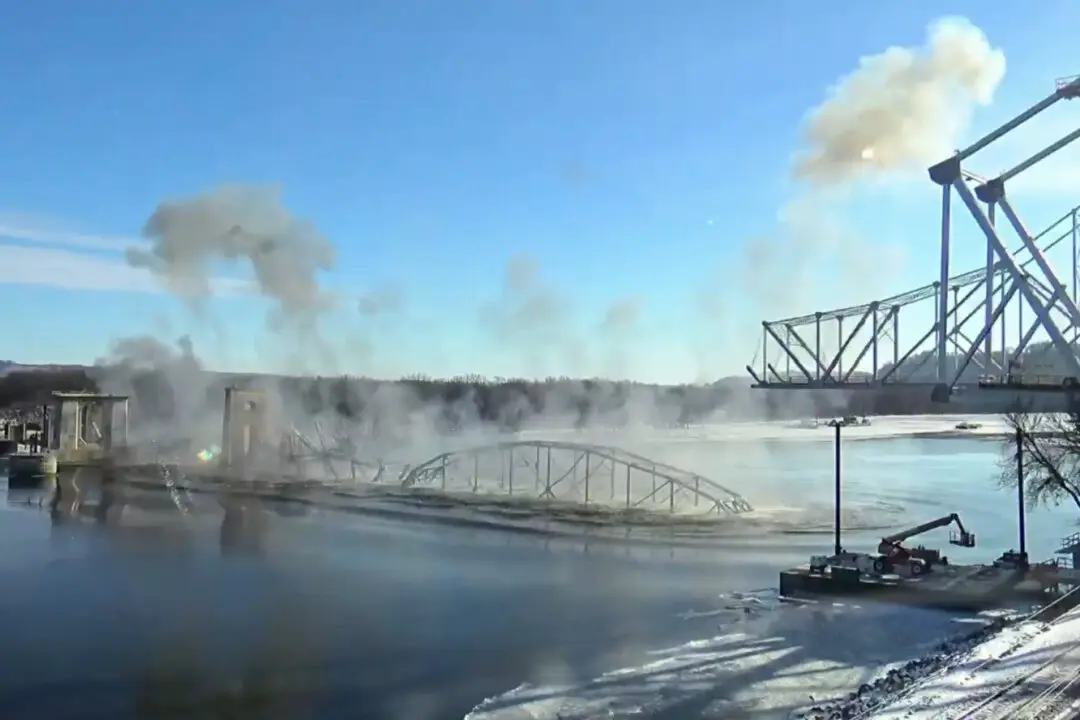ANCHORAGE, Alaska—Four homeless people have died in Anchorage in the last week, underscoring the city’s ongoing struggle to house a large homeless population at the same time winter weather has returned, with more than 2 feet (61 centimeters) of snow falling within 48 hours.
The four bring the total number of people who died while living outdoors in Anchorage to 49 year this year, a record that easily eclipses the 24 people who died on the streets of the state’s largest city last year, according to a count kept by the Anchorage Daily News.





